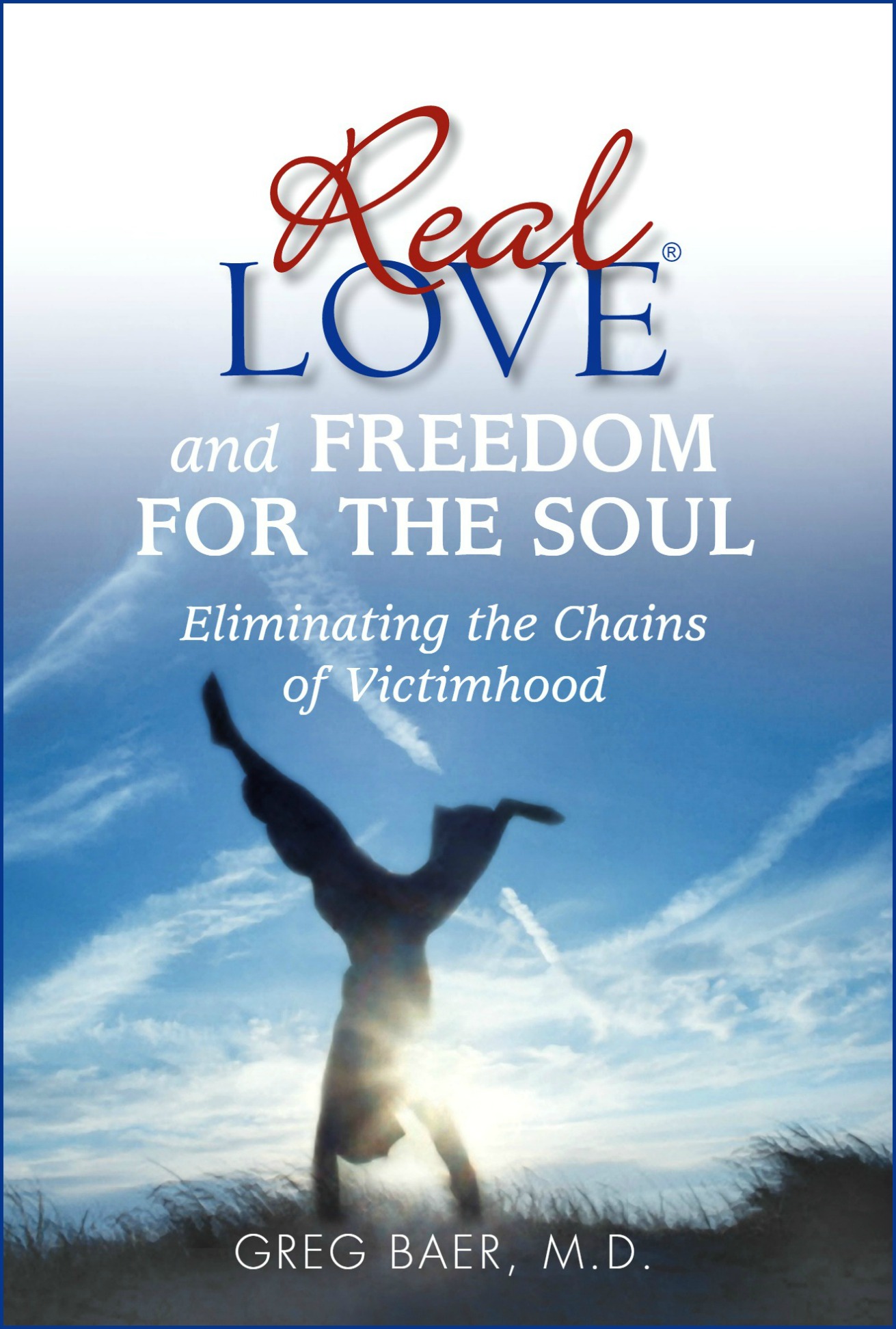We want all the genuine happiness in life we can find. Toward that end, we want to eliminate anything that would interfere with that happiness, and there are so many such obstacles.
Let’s focus now on just one of them by identifying victimhood, which destroys happiness like a deadly virus.
Often it is impossible to eliminate something until we have correctly identified it and understand how it affects us.
The Characteristics of Victimhood
Victimhood has characteristics that are highly suggestive of its presence, much as animals leave evidence of their presence everywhere they go: tracks, feces, broken branches, characteristic noises, and more.
What are some of the characteristics of victimhood?
This is an important question, because victims are often very effective at hiding what they do, even from themselves.
1. Too Many Words
Victims go on and on and on about what has happened to them. They express every detail of each injustice, injury, and inconvenience. Non-victims describe the same events with a sentence or two, or they don’t share them with others at all.
2. Facial Expression
Victims look like they’re in physical pain, like they have a toothache or just swallowed a cactus.
3. Tone
Victims don’t simply speak. They uniformly whine. They sound pathetic, as though they are begging for attention and sympathy.
4. Insistence
Victims don’t ask for your attention or help. They demand it. And they repeat their demands until they get what they want.
5. Words
Victims use certain words with a much greater frequency than the rest of mankind, to the point where the words become virtually a label of victimhood. For example:
- “They.” “They did this to me.” “They are always . . .” “They” are constantly conspiring to make the lives of victims miserable. A victim says, “They sent the wrong thing.” A non-victim says, “I got a package in the mail today, but it was improperly packed and broken, so I’ll have to send it back.” Or he says nothing at all.
- Variations on “I was treated badly.” “I got CAUGHT in traffic,” as though traffic had a malevolent mind bent on hurting them. “The guy CUT ME off.” Everything is personal to a victim.
- They take time personally. “I didn’t have time to . . .” Now, everybody else had enough time, but somehow time was restricted for the poor victim.
- “I couldn’t help it.” Nothing is ever the fault of a victim. This is obvious, because if a victim admitted responsibility, he would lose his prized role as a victim.
- “I didn’t mean to,” which excuses a victim for everything he does.
- An insistence on recognition. “After all I’ve done, he/she didn’t even (recognize me to others, thank me, etc).
Identifying Victimhood Leads to Peace and Understanding
We must be aware of these many signs of victimhood in ourselves, so we don’t continue this pattern of behavior, which is uniformly unproductive.
We must also be aware of these signs in others, because then we won’t be baffled by behavior that would otherwise be quite confusing.


